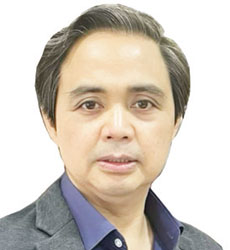THE policy of sending Filipino workers overseas aims to give them jobs in labor-scarce countries during periods of economic slowdown. It started in the mid-1970s to the 1980s and expanded rapidly from the 1990s to the 2000s. The late labor minister Blas Ople was the first to introduce it as a stopgap measure when there was a job-supply contraction in the economy. The policy, however, is now a fixture in successive administrations, triggered by incoherent industrial policies, low salaries for professionals, lack of skilled occupations, rising number of jobless graduates, and other push-and-pull factors to work abroad.
From exotic entertainers in Japan and construction workers in the Middle East to domestic helpers in Hong Kong, our country saw higher skill demands for Filipino workers abroad, from doctors and nurses, academics and scientists, and architects and engineers to ship captains and maritime officers and information technology and computer programmers. Many secured higher-paying jobs in Canada, the United States, East Asia and Europe. In economics, when the best and the brightest talents of the country leave to work abroad, a "brain drain" happens. It sheds off precious human capital that is essential for the country's transformation into an industrial and knowledge-based economy.
Continue reading with one of these options:
Ad-free access
P 80 per month
(billed annually at P 960)
- Unlimited ad-free access to website articles
- Limited offer: Subscribe today and get digital edition access for free (accessible with up to 3 devices)


